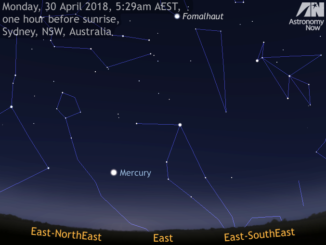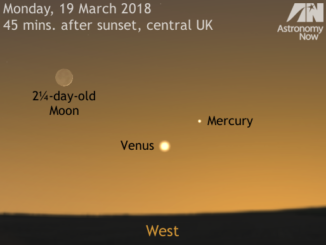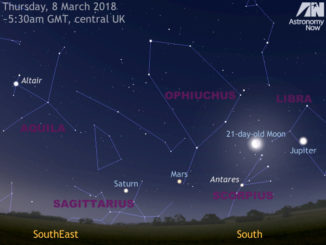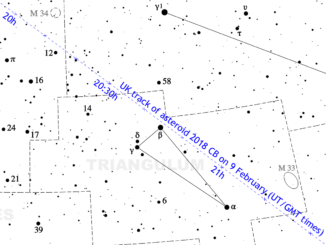
See Mercury’s very favourable dawn display under southern skies
Have you ever seen the closest planet to the Sun? If you wish to tick Mercury off your To-See list, particularly if you live in the Southern Hemisphere, now until the middle of May is the time to be scrutinising the eastern sky about an hour before sunrise. Mercury also has a close encounter with an old crescent Moon on 14 May.









